 ECS recognizes outstanding technical achievements in electrochemistry and solid-state science and technology through its Honors & Awards program. There are many deserving members of the Sensor Division among us and this is an opportunity to highlight their contributions.
ECS recognizes outstanding technical achievements in electrochemistry and solid-state science and technology through its Honors & Awards program. There are many deserving members of the Sensor Division among us and this is an opportunity to highlight their contributions.
We are currently accepting nominations for the Sensor Division Outstanding Achievement Award which was established in 1989 to recognize outstanding achievement in research and/or technical contributions to the field of sensors and to encourage work excellence in the field. The award consists of a scroll, and a $1,000 prize. The recipient is required to attend the Society meeting at which the award is given and present a lecture on topics for which the award is made and may receive (if required) some financial assistance to facilitate attendance.
Nomination Deadline: March 1, 2016
Please review the full award criteria before completing the application.
We encourage you to submit a nomination and acknowledge the hard work of your peers!


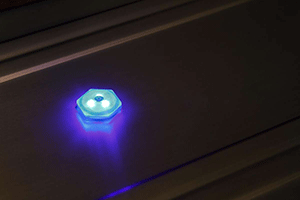
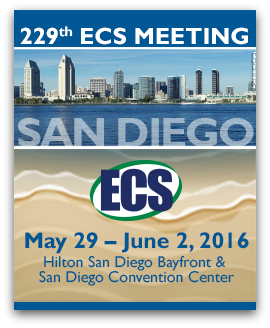 This May, join industry leaders like, Bio-Logic, Metrohm USA and more as an exhibitor at the
This May, join industry leaders like, Bio-Logic, Metrohm USA and more as an exhibitor at the 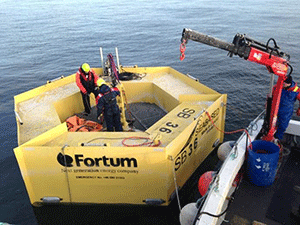
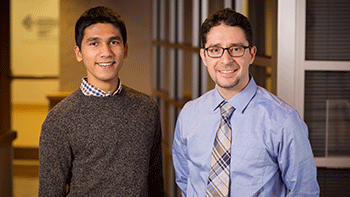
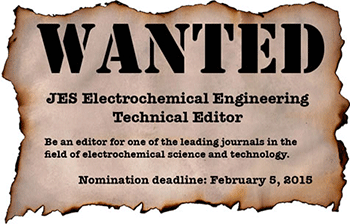

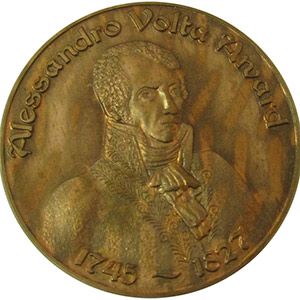 The Europe Section has established the Alessandro Volta Medal, an award to recognize outstanding contributions in electrochemistry and solid-state chemistry and technology in Europe.
The Europe Section has established the Alessandro Volta Medal, an award to recognize outstanding contributions in electrochemistry and solid-state chemistry and technology in Europe.